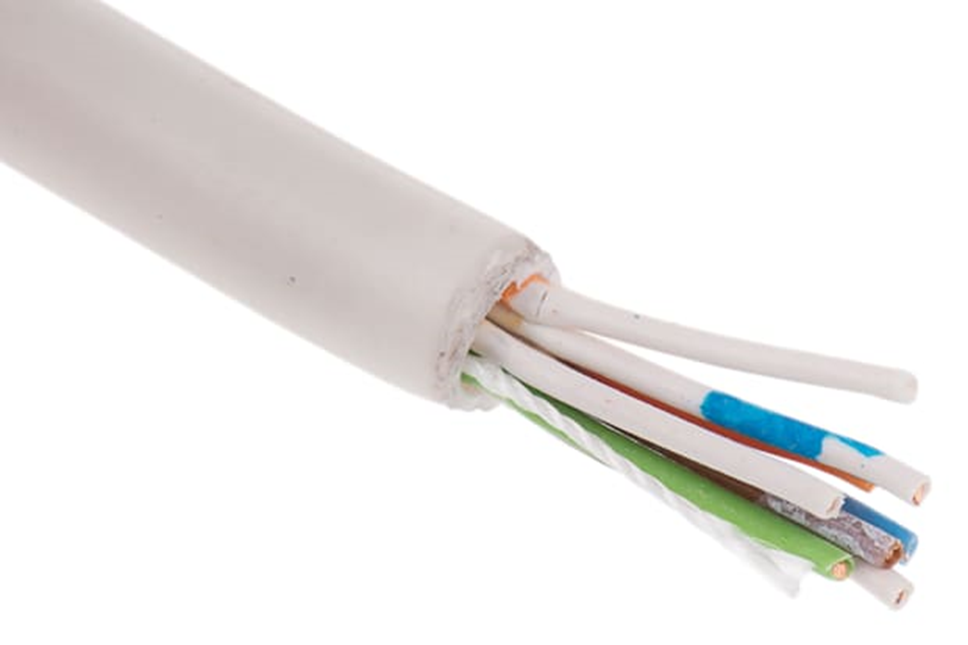How Can I Get Status of My Website Uptime?
- 14 Dec 2023
- Articles

Maintaining a website's continuous availability is vital for modern online businesses. Research indicates that even a single minute of downtime can lead to financial losses, reduced web traffic, and harm to your brand's image. This article will explore various strategies for tracking your website's operational status through automated solutions. We will examine well-known tools, guide you through the setup of uptime monitoring systems, teach you to understand the data reports, utilize sophisticated methods, gain insights from practical cases, and address common problems.
Website Uptime: Brief Info
Website uptime refers to the percentage of time a site is accessible to visitors. Industry experts recommend striving for 99.9% uptime. Just a few minutes of downtime per day can equate to major losses. Beyond revenue impacts, poor uptime hurts SEO rankings, customer experience and loyalty. This makes continuously monitoring uptime vital.
Methods for Monitoring Website Uptime

When it comes to keeping tabs on your website’s uptime, you essentially have two options: manual or automated monitoring.
Manual uptime monitoring involves periodically visiting your website yourself to check if it's up and loading properly. This can be incredibly tedious and inaccurate. You may visit when the site is up, missing an outage that happened an hour ago.
Automated monitoring is vastly superior. Services like HostTracker, UptimeRobot and Site24x7 offer complete automation. Here’s a quick introduction to each:
- HostTracker - Runs scheduled checks from 140+ global locations to detect outages and performance issues. Provides detailed analytics through customized dashboards, with real-time notifications via SMS, Email, Slack when downtime is detected. You can use uptime monitoring to be informed about problems that can lead to site downtime.
- UptimeRobot - A lightweight yet powerful monitoring tool, with support for HTTP, keyword, and Cron job testing. Alerts team members of issues via various channels. The free plan is limited to 5 minute checks on 5 sites.
- Site24x7 - A robust platform offering website, server and API monitoring. Dashboards track uptime, page speed, domain health and more. Integration with IT platforms like Slack and PagerDuty enables smooth collaboration.
The automated reports, wealth of integrations, intelligent alerting systems and continuous data collection provide complete visibility and control over the uptime status of your website. Configuring a few automated checks is vastly more effective than relying on sporadic and inconsistent manual efforts. These tools form the core of a comprehensive monitoring stack.
Setting Up Uptime Monitoring
Getting started with continuous uptime monitoring is easy with a tool like HostTracker. Here is a step-by-step guide to set up reliable tracking for your website:
- Sign up for a HostTracker account. They offer a forever free plan for basic monitoring.
- Once logged in, click add site and enter your website URL. Configure the check locations and frequency.
- Set up email, SMS or Slack alerts to receive real-time notifications if your site goes down. This enables you to rapidly respond to downtime incidents.
- The checks will begin automatically, providing key uptime metrics like percentages, downtime history and response times through intuitive reports. Also you can check port - host-tracker.com/en/ic/port-check to detect network problems affecting server performance.

With these straightforward steps, you can now easily get the status of your website’s uptime. HostTracker eliminates the need for manual monitoring. Their global checkpoint network offers superior accuracy in detecting issues before visitors face disruptions.
Comprehensive email reports give deeper insights into recent uptime and help identify patterns causing recurring outages. Automated alerts through multiple channels ensure your team is immediately aware of problems to accelerate restoration.
While other tools provide similar core capabilities, HostTracker stands out with its reliable uptime monitoring, granular analytics and flexible plans suitable for websites small and large. The free offering is great for individual users and side projects.
Interpreting Uptime Metrics
Uptime monitoring services like HostTracker provide various metrics and visual reports to help interpret the availability and performance of your website. Some key elements to analyze include:
- Uptime Percentage. This shows overall availability. The closer to 100%, the better. Look to meet or exceed the 99.9% gold standard.
- Downtime Frequency. Track how often outages happen to guide priorities in uptime management strategies. Frequent small outages signal instability.
- Outage Duration. A minute of downtime hurts, but sustained outages amplify damage. Review means time to recovery as well.
- Response Times. Gradual slowdowns hint at emerging server load or software issues before they trigger crashes.
When downtime incidents do occur, having alerts ensures rapid awareness so your team can investigate and restore access ASAP. Post-mortems of significant events also guide improvement efforts.
For optimal uptime management strategies over the long-term:
- Use historical reports to spot outage trends requiring priority attention.
- Expand monitoring checks to cover ancillary services like CDNs and DNS.
- Consider advanced tools like synthetic user journey testing.
- Work towards redundancy in hosting, networks and application architecture.
Monitoring is step one. Translating check data into informed action is key for sustaining excellent website availability and performance at scale. The insights unlocked by HostTracker’s comprehensive analytics are invaluable here.
Monitoring Techniques

In the realm of website administration, fundamental uptime checks are merely a starting point. To genuinely guarantee your website's dependability and efficiency, exploring more comprehensive monitoring tactics is crucial.
These advanced approaches go beyond simple uptime tracking, offering in-depth analysis of your website's operational health and effectiveness. This discussion will cover advanced methods like server surveillance, API assessments, and the importance of CDN and DNS in upholding consistent website availability.
Server Monitoring
Server surveillance extends past the simple verification of a website's operational status; it delves into evaluating the vitality and efficiency of the servers hosting the site. This encompasses tracking parameters such as CPU load, memory consumption, disk capacity, and network throughput.
Through vigilant observation of these server indicators, potential problems can be detected and resolved proactively, averting their escalation into significant issues and reducing the likelihood of website downtimes.
Consistent monitoring of server performance facilitates the prompt detection and resolution of any hardware or software anomalies, thus significantly improving your website's overall dependability.
API Checks
Many modern websites and applications rely on various APIs for functionality. Monitoring these APIs is crucial for ensuring that all components of your website are running smoothly.
API checks help in detecting failures in external services that your website depends on. This can be critical for websites that rely heavily on third-party services.
Monitoring APIs provides a more comprehensive view of your website’s health and functionality, contributing to a more robust uptime monitoring strategy.
The Role of CDN and DNS
A CDN is a network of servers distributed geographically, designed to deliver web content more efficiently to users. By caching content on multiple servers, a CDN can significantly reduce the load on the main server and improve website speed and uptime.
The Domain Name System (DNS) is like the phonebook of the internet, translating domain names into IP addresses. Monitoring DNS health is crucial because a single issue can make your website inaccessible, even if your servers are running perfectly.
Utilizing a CDN and ensuring a healthy DNS can greatly reduce the risk of downtime. They ensure that even if one server goes down, your website remains accessible from other locations. If you need to check a competitor's site, it is better to start with whois domain lookup online service to learn basic information about the domain.
Enhancing Monitoring with Advanced Techniques
By integrating these advanced monitoring techniques into your uptime strategy, you can take a more proactive approach to website management.
These methods provide a more detailed overview of your website’s health, not just in terms of accessibility but also in performance and dependability.
By implementing these advanced monitoring techniques, you significantly enhance your website's uptime monitoring strategy. This proactive, comprehensive approach to monitoring not only helps in maintaining continuous uptime but also ensures optimal website performance, leading to improved user experience and satisfaction.
Conclusion
Consistently monitoring your website's uptime gives you the data needed to preserve optimal performance and availability. Automated solutions like HostTracker provide an accurate pulse on the current health of your site while giving invaluable insights to detect and address looming problems before they cause costly downtime events.








